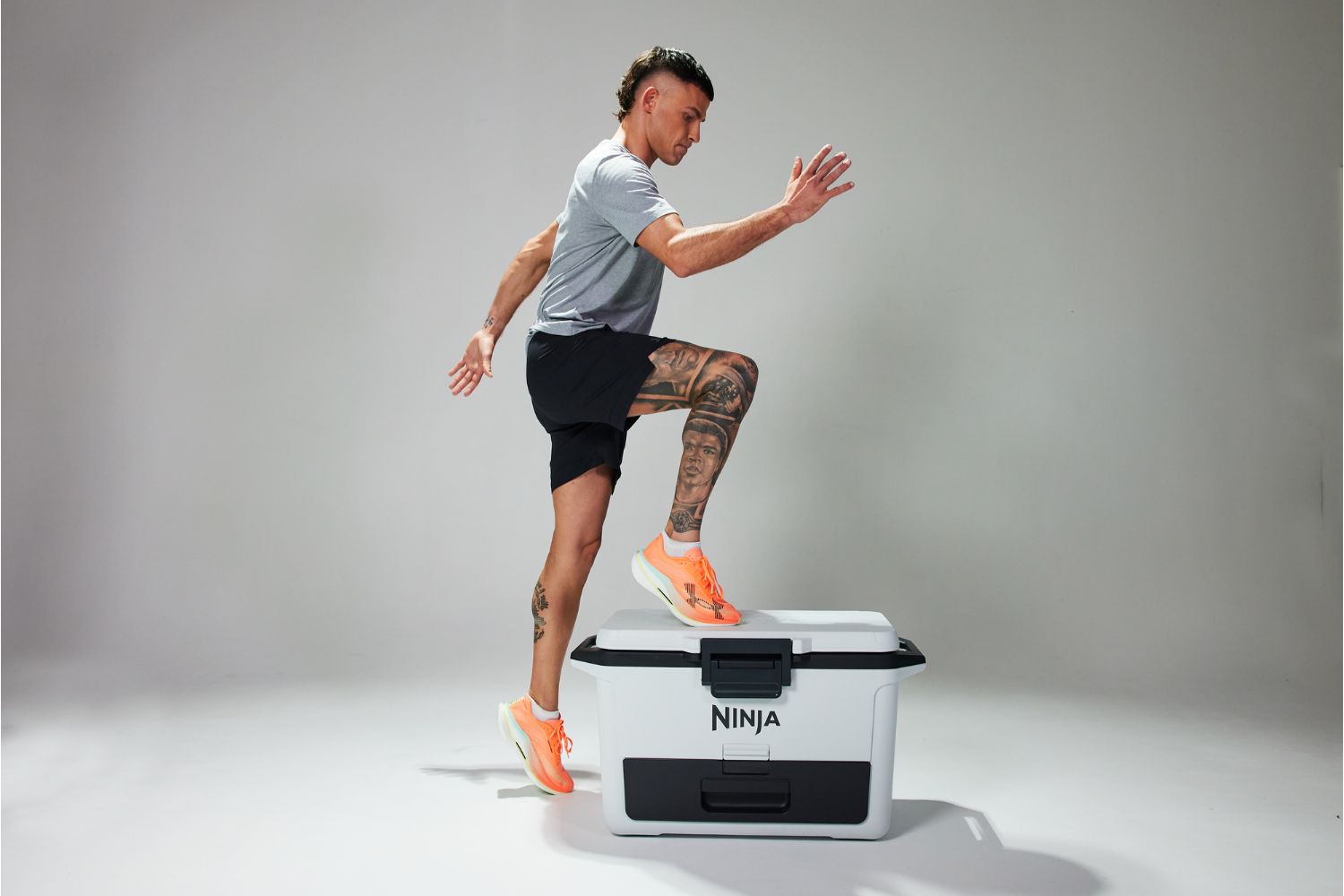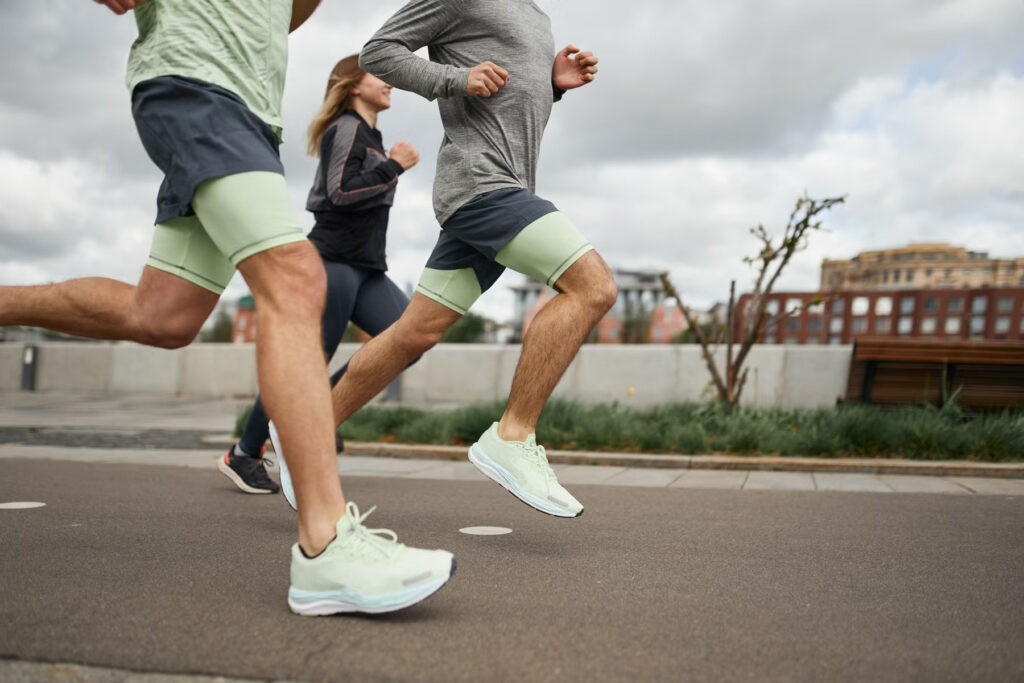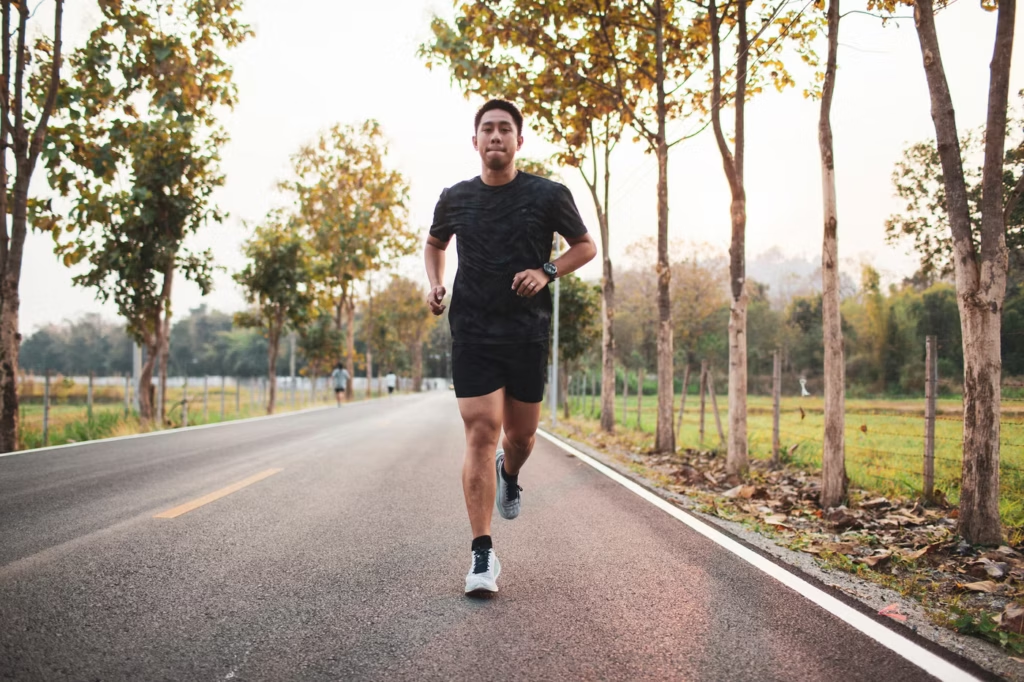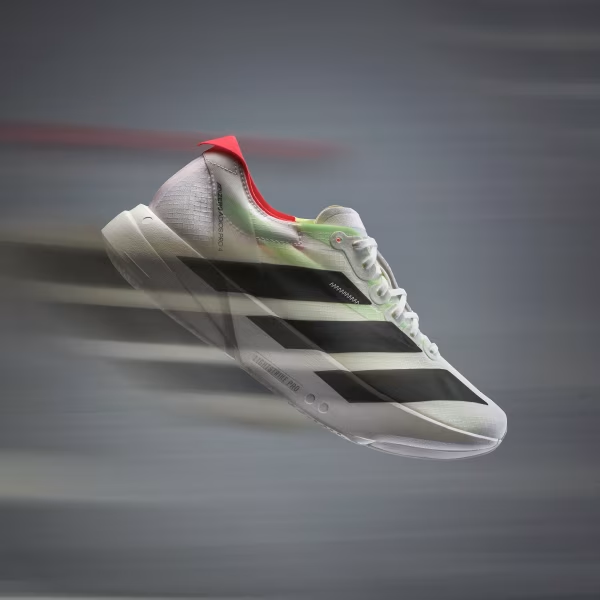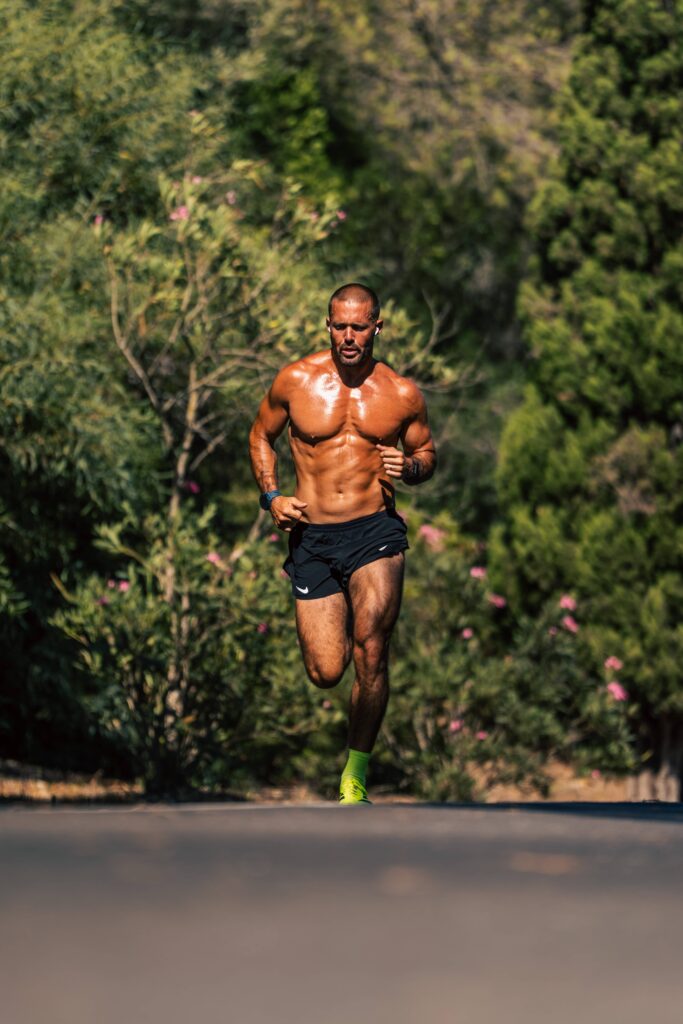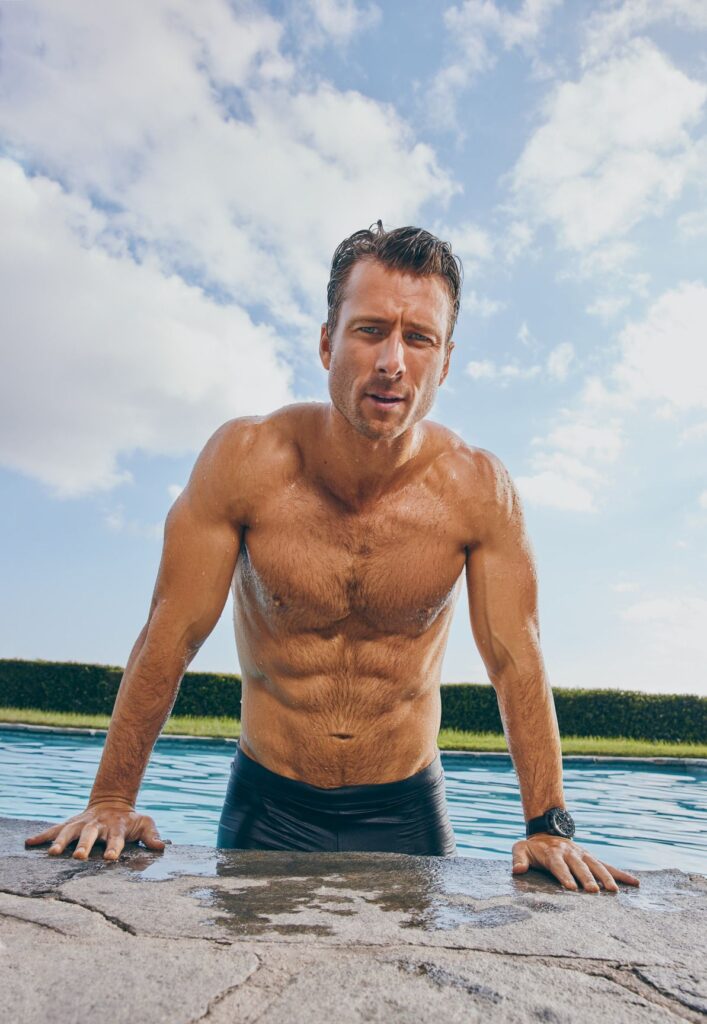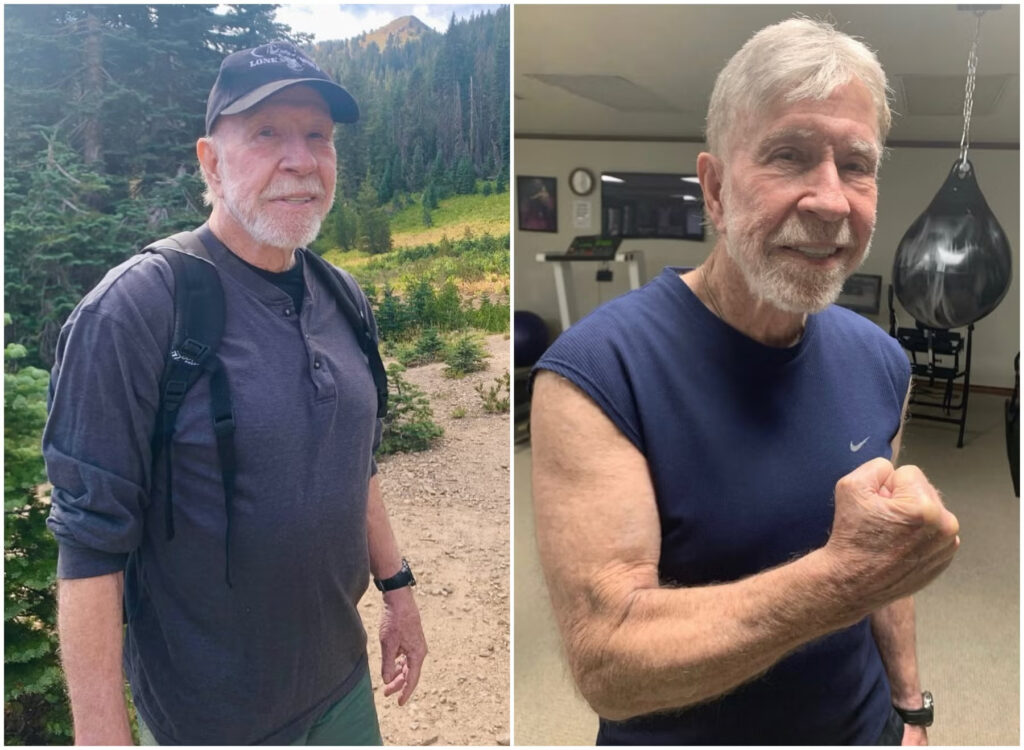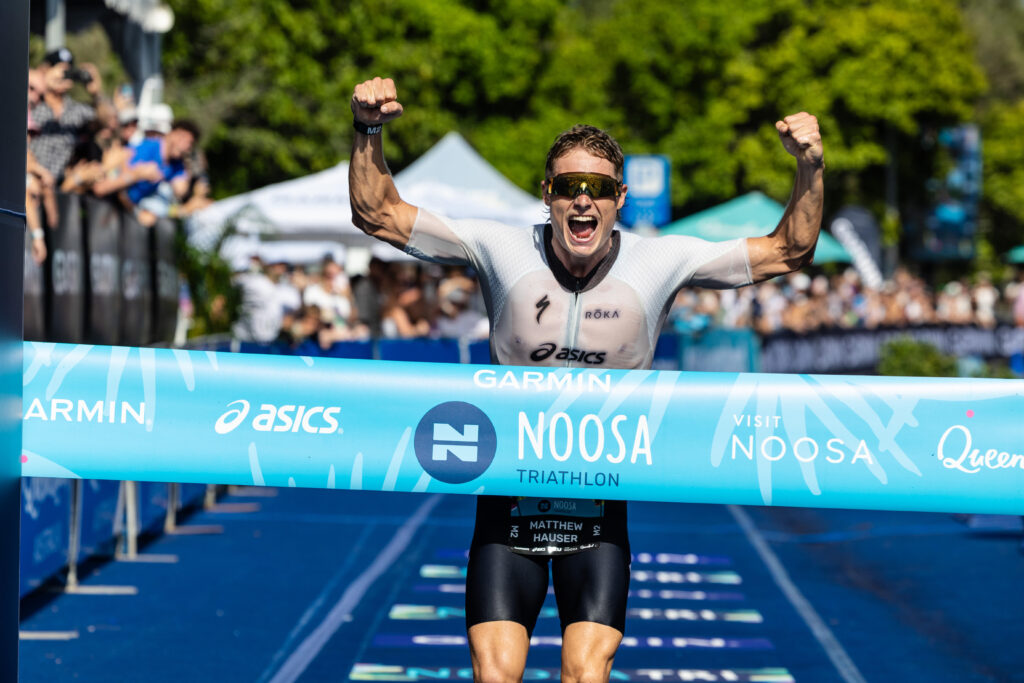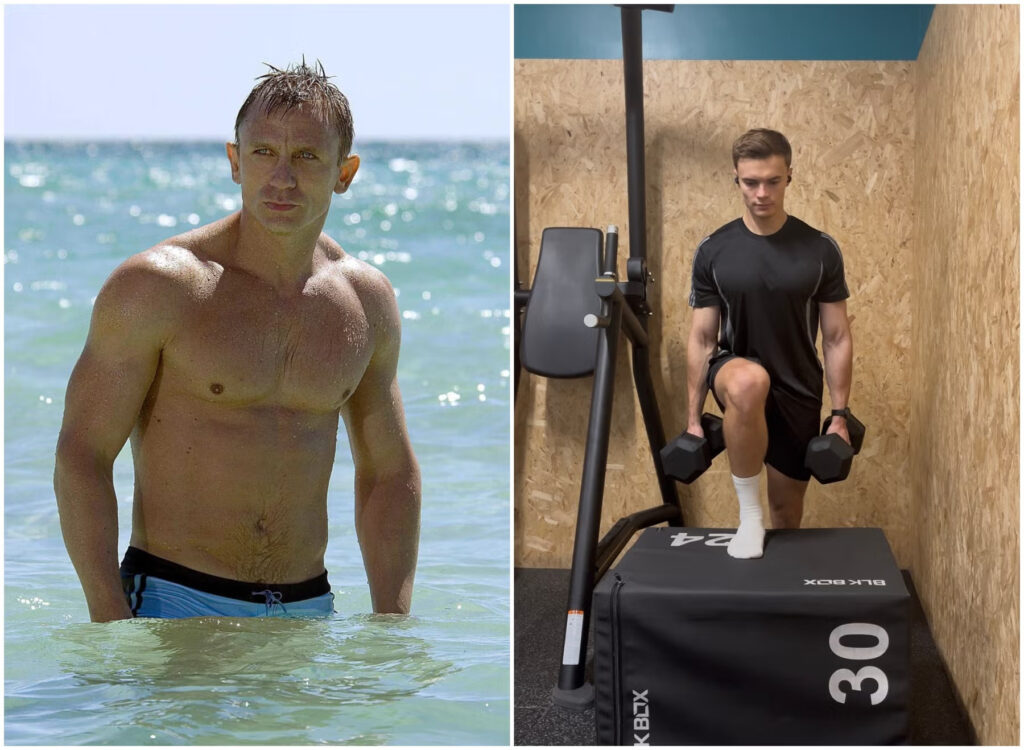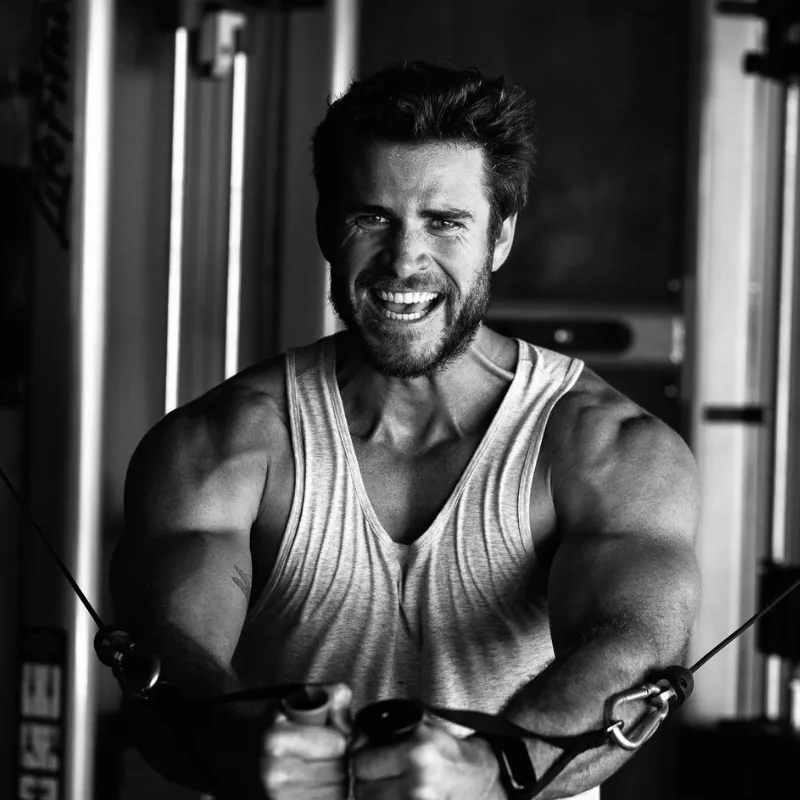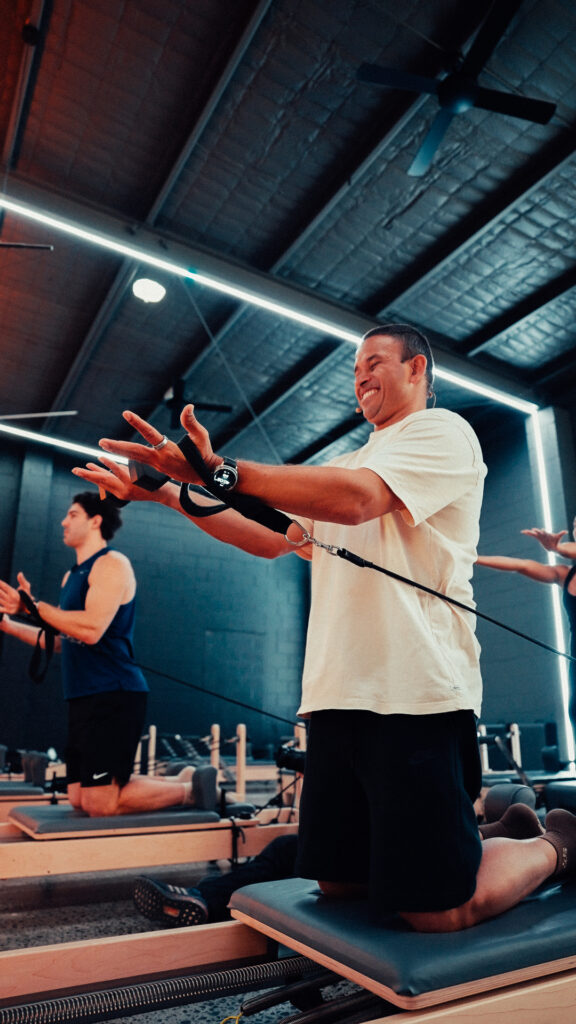HARRY GARSIDE IS, undoubtedly, a very fit guy. He became Australia’s first Olympic medallist in boxing for 33 years at Tokyo 2021, has an undefeated 4-0 record since turning pro, and recently showed his physical range as a contestant on Dancing with the Stars. Still, none of that necessarily translates to being a good runner. So, it would be easy to assume, like we did, that Garside is more of an amateur pavement pounder, and that the 2025 Sydney Marathon would be the 28-year-old’s first. We were wrong.
Not only has Garside run a marathon before, his personal best is an insanely quick time of 2:55:55 – a pace of around four minutes and ten seconds per kilometre. Now, he’s hoping to beat that time in this year’s Sydney Marathon on August 31.
For Garside, running isn’t just a hobby, it’s something that has been essential to his identity as an athlete and competitor since he was a child. “From a young age I’ve always been interested in running,” says Garside, who recently became a Ninja Kitchen ambassador. “In primary school I was always really competitive with my best friend, but he always beat me in cross country. I thought I’d finally win something once I went to high school, but then he went to the same high school as me, so I just never won.”
That early sense of rivalry grew into a genuine passion, and it has come in handy during fight camps. “The beautiful thing about running is that it’s great cross-training for boxing,” he says. “Lifting weights is obviously valuable as well, but running helps you so much with boxing. All the best boxers are runners. Look at guys like Muhammad Ali in the ‘60s and ‘70s – it’s a big part of their routines.”
Training for a marathon yourself? This is how Garside is preparing, what he’s learned from going the distance and his advice for first-time marathoners.
How Harry Garside trains for a marathon
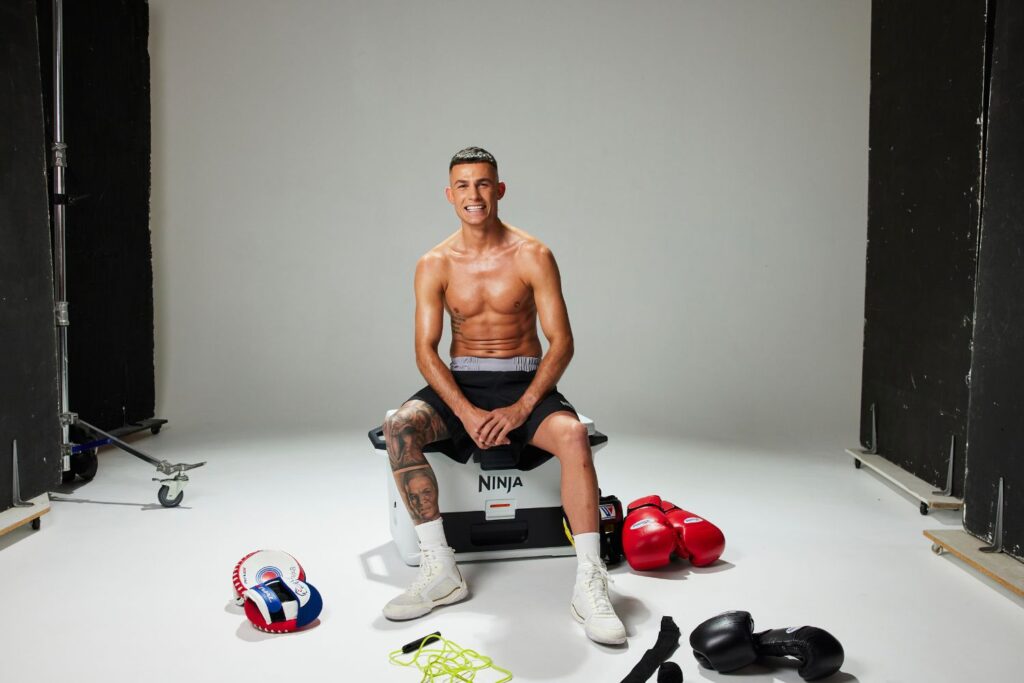
Garside needs to balance his running training with fight camps. As he says, “Boxing is a weight making sport.” Too much cardio can tip the scales in the wrong direction and cause muscle soreness in places where it isn’t needed, while not enough can mean his aerobic base takes a hit. As a compromise, Garside tailors his running routine to how far out he is from his next fight.
With the Sydney Marathon falling before his next fight, running is his focus right now. “I do, guaranteed, three to four sessions a week, depending on where I am in my training camp,” he explains. “At the moment I’m running a lot more than usual to prepare for the marathon, so my legs are feeling it.”
His current routine includes a long run each week of about 30 kilometres, complemented by three midweek runs of 10 to 15 kilometres. When preparing for a fight, Garside follows a 12-week camp with a two-phase approach to running. “The first five weeks would be focused on longer distances and building endurance,” he says. “The next seven to eight weeks are shorter, more explosive runs with maybe one long run.” It’s a formula that lets him build an aerobic base before sharpening up with speed, which is just as valuable in the ring as it is on race day.
How Harry Garside recovers after a long run
Garside knows that recovery is just as important as training, so his recovery routine is as intense as his training routine, and he advises others not to skip recovery. “I think ice baths, saunas, refueling, stuff like that are really important,” he says. “After a big run, I’ll usually make a smoothie to refuel – almond milk, banana, Biscoff, dates, granola… sometimes a bit of chocolate milk too.”
He uses the Ninja Stealth IQ to blend it all together, a new Ninja product launching at the end of September: “It’s quick, powerful and smooth. Everything you want post-run.”
To help keep hydration interesting, Harry turns to the Ninja SLUSHi, a one-touch frozen drink maker that transforms electrolyte-rich drinks into refreshing slushies, ideal for cooling down and topping up fluids post-run. “When you’re out there for a long time, staying hydrated is everything. You feel the drop in energy fast.”
Nutrition plays a key role in the lead-up to a race as well. “My diet has to be pretty strict,” Garside says. “Protein’s great for muscle repair, but I’m leaning into carbs right now. Rice with a bit of maple syrup, banana on toast. It’s about fuelling up and making sure the body has what it needs.”
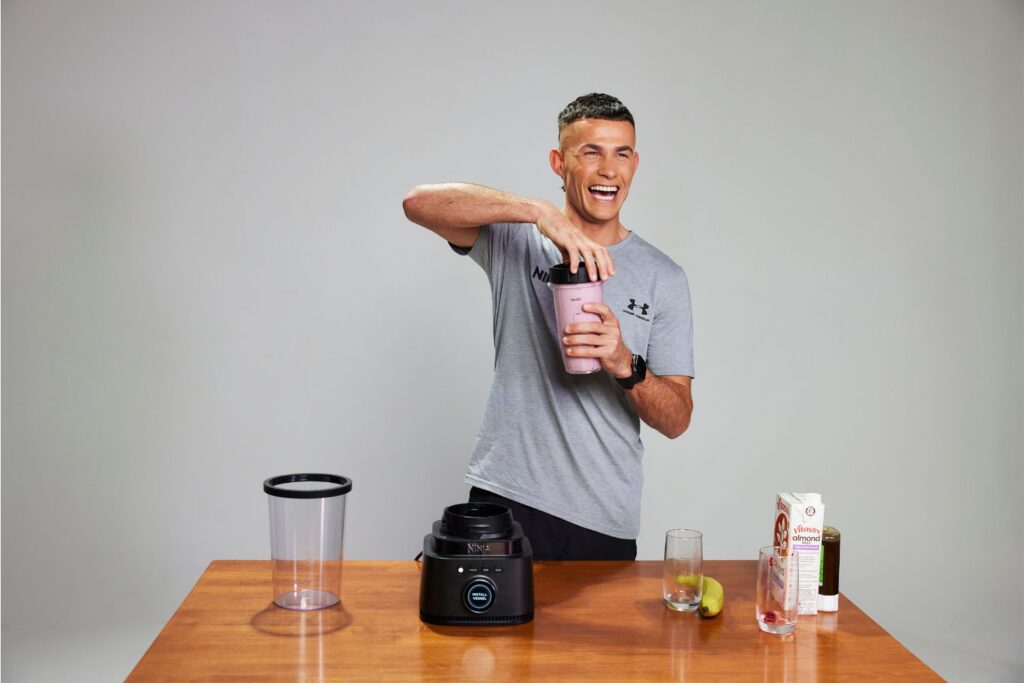
What Harry Garside has learned from running marathons
Garside ran his first marathon at 18, jumping in with little structured training and even less experience. The race humbled him. “I crumbled at 33 kilometres,” he recalls. “The last nine Ks were the worst nine Ks of my life, running at an eight-minute pace, which is basically a walk.” But that baptism by fire taught him something important: it’s not about perfection, “it’s just about getting out there and running.”
His advice for anyone currently preparing for the Sydney Marathon is simple: don’t obsess over pace. “Try not to focus on time,” he says. “It’s hard, because we can get quite competitive with ourselves, but if you focus too much on sticking to a certain time, you’ll burn yourself out. Just go at your own speed.”
Harry Garside’s running mindset
Garside approaches running with honesty. He doesn’t sugarcoat the challenges that come with training or over-romanticise the results. Instead, he revels in the grind and enjoys the mental clarity running can bring. It’s the same approach that has helped him find success in boxing.
“I think the most important thing is just putting one foot in front of the other and learning as you go,” he says. It’s a mantra than can benefit any marathoner; first-timers, veterans or otherwise.




